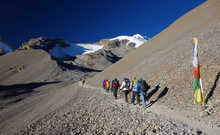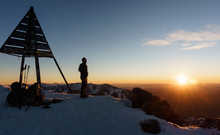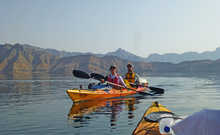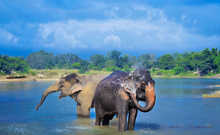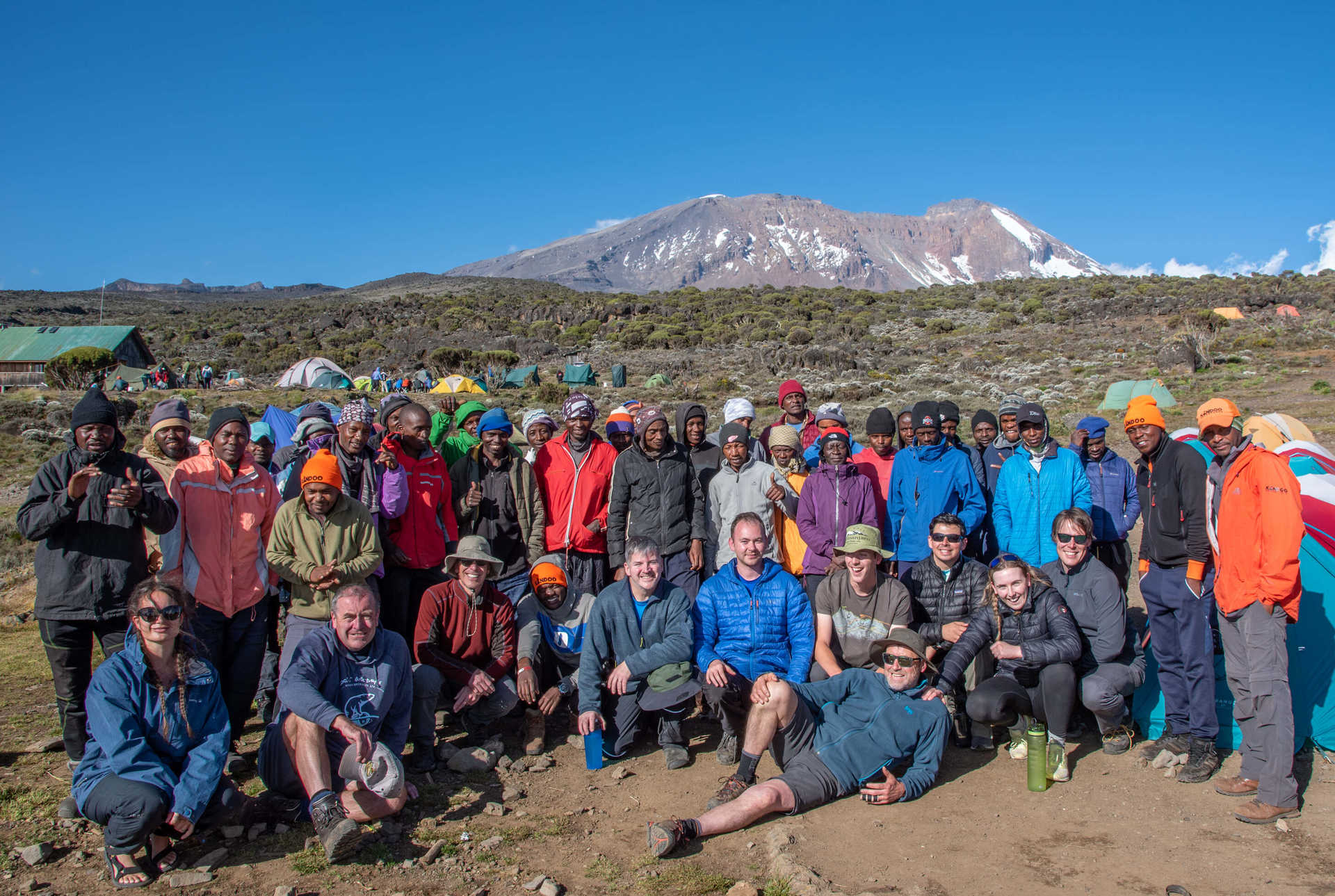Kandoo Adventures team member Dan recently hiked to the top of mount Kilimanjaro. Now that he’s back we asked our customers for their biggest burning questions about Kilimanjaro for Dan to answer.
Can a beginner or inexperienced climber climb Kilimanjaro?
It very much depends on what you mean by the term ‘beginner’. If you’ve never hiked up a hill or mountain in the Lake District or the Rocky Mountains for example then I would initially say no. Go get yourself hiking up and down at least 1,000 meters / 3,300 feet in one sitting on a regular basis with some hiking boots to see if you can manage the strain.
As for climbing, there is only marginal “climbing” for part of one day on Kilimanjaro at the Barranco Wall, the rest of the time you are mainly just on two feet walking. The Barranco Wall does need you to be able to clamber a bit and it’s really fun. You do not need to have any knowledge of ropes or rock climbing to be able to attempt this, but knowing how to scramble up a rocky bit of terrain will help.
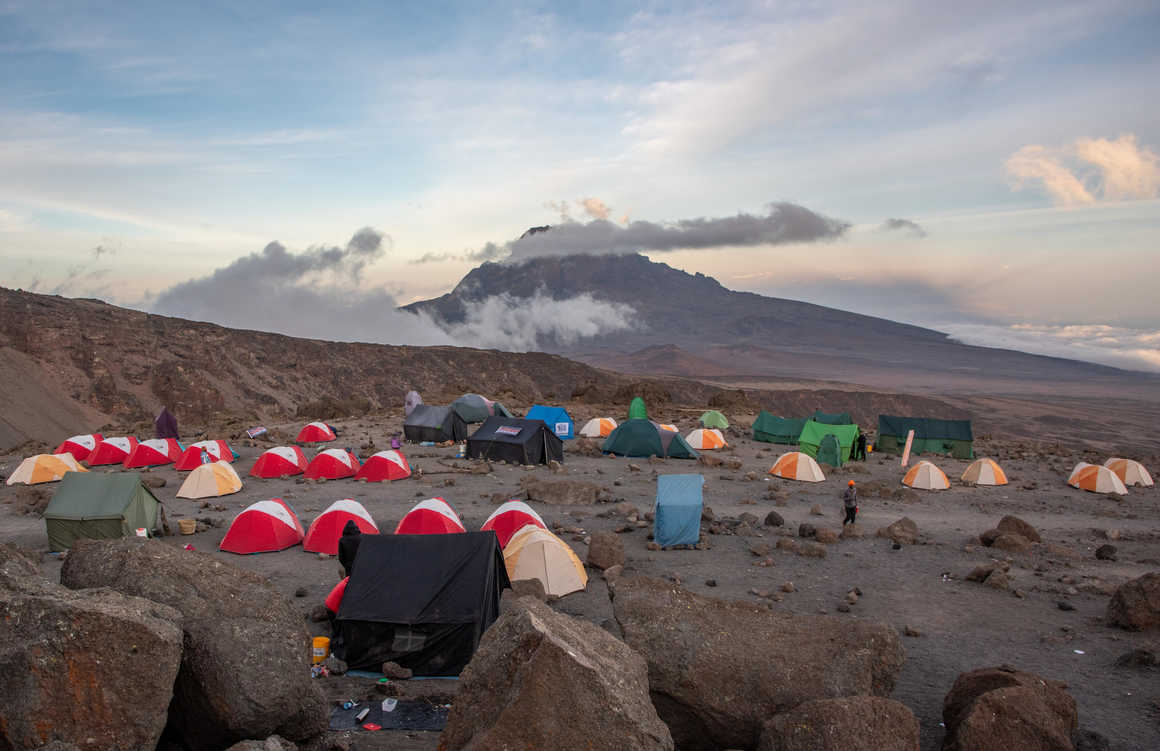
Can an unfit person climb Kilimanjaro?
Yes and no… I’ll explain.
If you mean ‘do you need to be super athletically fit to climb Kilimanjaro?’, the answer is no. I’m certainly not mega fit, but you should be able to take on strenuous exercise. I saw all shapes and sizes trekking up the mountain. Similarly those who I saw being escorted off with altitude issues were mixed sizes and fitness levels.
If you mean ‘do you need to be super athletically fit to climb Kilimanjaro?’, the answer is no. I’m certainly not mega fit, but you should be able to take on strenuous exercise. I saw all shapes and sizes trekking up the mountain. Similarly those who I saw being escorted off with altitude issues were mixed sizes and fitness levels.
However, if you’re really asking ‘do you need to train to climb Kilimanjaro?’ then absolutely yes. Don’t worry, you don’t need to join a gym. Training involves hiking up hills regularly and often for 3-5 hours each session to strengthen your legs and just get your body used to the strains of hiking up and down hills. It’s also a good testing ground for new gear.
How hard is it to climb Kilimanjaro?
The amount of the climb that is hard depends on your experience, but yes it is hard, especially on summit day. If you’ve never been beyond 3,000 meters / 9,850 feet, that initial minor lack of oxygen from day one is probably going to be a new and challenging experience. Each day, you hike for multiple hours and if you haven’t trained for this your legs are going to get punished. Sleep may elude you if you’re not used to tents, I found it hard to sleep, others slept like logs.
Summit day is brutal. You get up at 11pm at night and hike steeply upwards until dawn, the prize is incredible and the accomplishment unmatched. Then you descend and this will be seriously hard work after such a mega ascent.
For many this will be the hardest physical challenge you’ll ever do, particularly if you’ve never been anywhere near this altitude before.
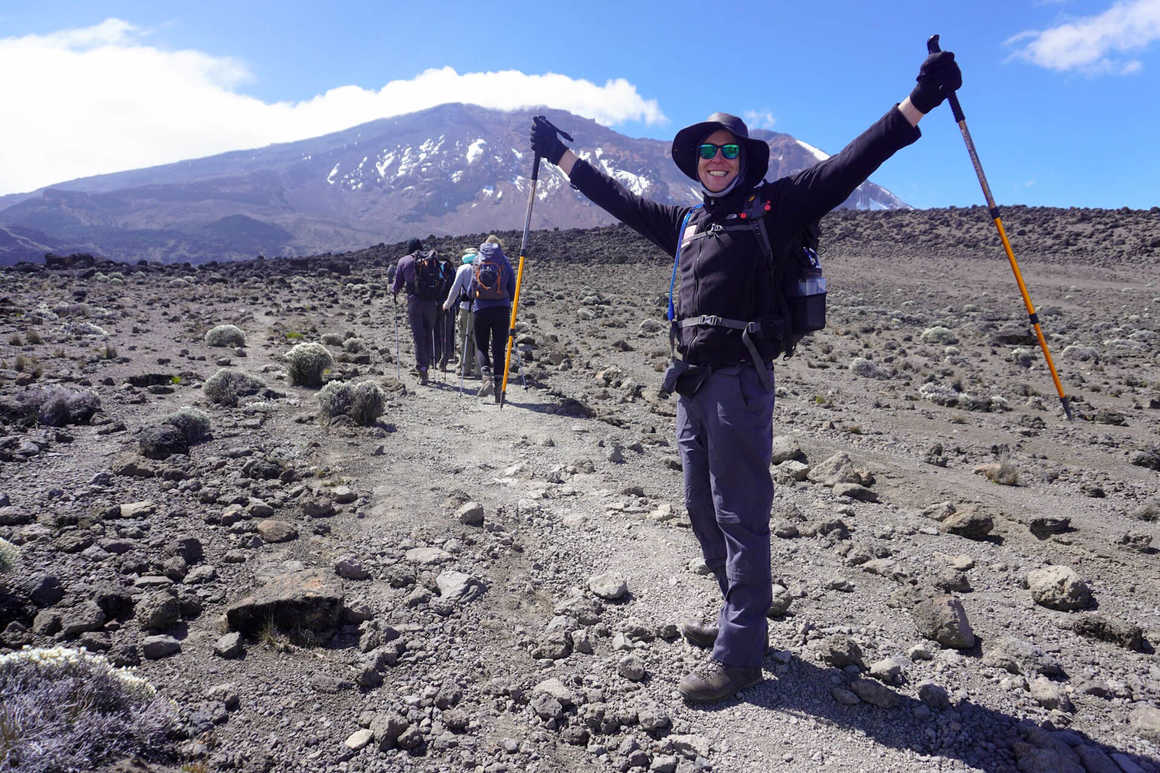
How much does it cost to climb Kilimanjaro?
There are several routes at different price points, you’ll need to check our current prices. Then factor in your visa, flights, insurance, gear you may need to buy, snacks, travel money, you’re likely to be spending close to another £2,000/US$2,500 per person on top of the initial trip cost. This totally depends on where you are based in the world and what gear you already have, this could be higher or lower, the key is to shop smart for flights.
Is Kilimanjaro harder than Everest?
If you mean to reach the summit of Everest then no, absolutely not. Everest is a far harder climb that demands a great deal more money, time and experience to accomplish.
If you’re comparing Kilimanjaro to the Everest Base Camp Trek, Kilimanjaro is harder mainly down to the massive summit push, greater daily ascent and less time to do it. Hiking to EBC is much more gradual and your maximum altitude is over 500m less than at Kilimanjaro.
Is Kilimanjaro the easiest of the 7 Summits?
Yes, it’s far and away the easiest of the 7 Summits.
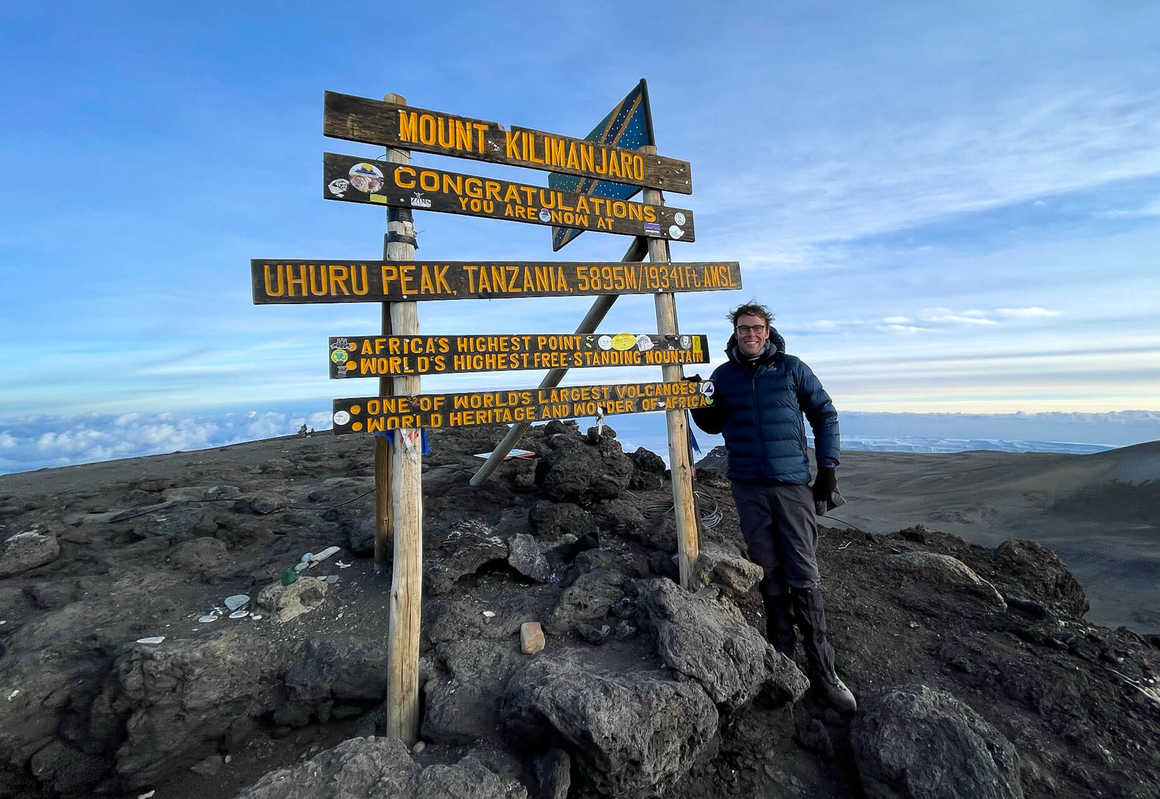
Can you climb Kilimanjaro in trainers?
No. If you got to higher altitude in trainers and tried to make for the top, your feet would probably freeze long before you got to the summit. Good boots aren’t just a necessity for their grip, ankle support and overall foot protection, but as an insulator from the cold and weather.
But do bring some comfortable shoes/trainers in your duffle bag for when you’re hanging out in camp, you won’t want to wear your big boots then.
Do you need oxygen for Kilimanjaro?
You do not need bottled oxygen to climb Kilimanjaro. Our guides do carry emergency oxygen, but it is only for extreme situations where climbers are showing serious signs of altitude sickness. If you’re on a Kandoo Adventures trip and you have to be administered oxygen you are going straight down off the mountain and your climb is over.
Got more burning questions about climbing Kilimanjaro? Get in touch with us by calling +441283499980 or submit an online enquiry and we can send you all the information about this amazing trip.
